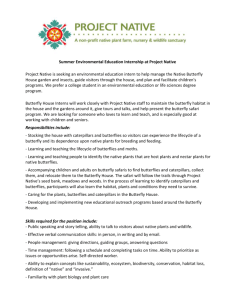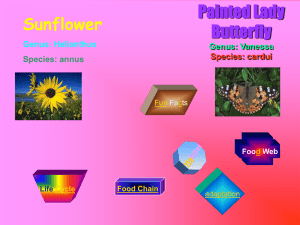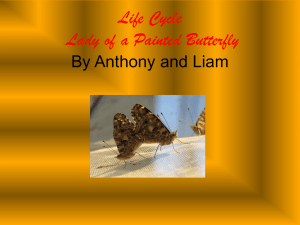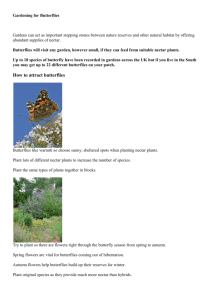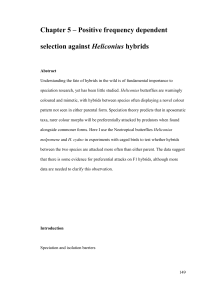Unit 2 Retest - Ms Williams
advertisement
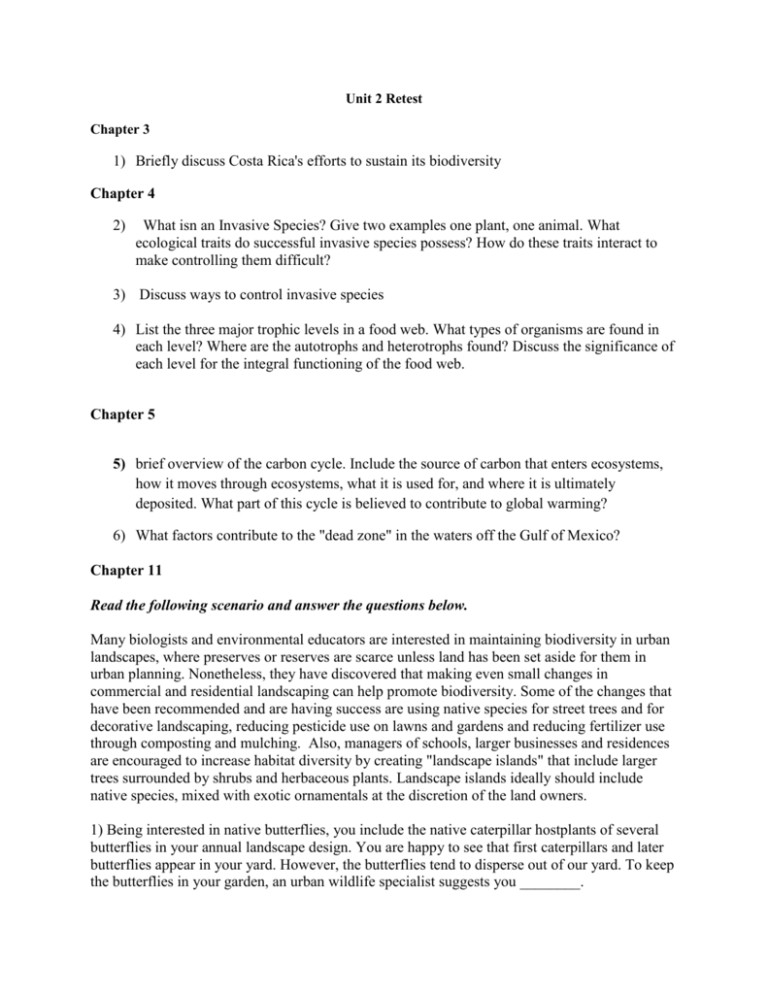
Unit 2 Retest Chapter 3 1) Briefly discuss Costa Rica's efforts to sustain its biodiversity Chapter 4 2) What isn an Invasive Species? Give two examples one plant, one animal. What ecological traits do successful invasive species possess? How do these traits interact to make controlling them difficult? 3) Discuss ways to control invasive species 4) List the three major trophic levels in a food web. What types of organisms are found in each level? Where are the autotrophs and heterotrophs found? Discuss the significance of each level for the integral functioning of the food web. Chapter 5 5) brief overview of the carbon cycle. Include the source of carbon that enters ecosystems, how it moves through ecosystems, what it is used for, and where it is ultimately deposited. What part of this cycle is believed to contribute to global warming? 6) What factors contribute to the "dead zone" in the waters off the Gulf of Mexico? Chapter 11 Read the following scenario and answer the questions below. Many biologists and environmental educators are interested in maintaining biodiversity in urban landscapes, where preserves or reserves are scarce unless land has been set aside for them in urban planning. Nonetheless, they have discovered that making even small changes in commercial and residential landscaping can help promote biodiversity. Some of the changes that have been recommended and are having success are using native species for street trees and for decorative landscaping, reducing pesticide use on lawns and gardens and reducing fertilizer use through composting and mulching. Also, managers of schools, larger businesses and residences are encouraged to increase habitat diversity by creating "landscape islands" that include larger trees surrounded by shrubs and herbaceous plants. Landscape islands ideally should include native species, mixed with exotic ornamentals at the discretion of the land owners. 1) Being interested in native butterflies, you include the native caterpillar hostplants of several butterflies in your annual landscape design. You are happy to see that first caterpillars and later butterflies appear in your yard. However, the butterflies tend to disperse out of our yard. To keep the butterflies in your garden, an urban wildlife specialist suggests you ________. A) try to introduce predators of the butterflies B) use pesticides to kill off predators C) introduce native flowering plants the adult butterflies need for nectar, their main food D) place pans of honey solution around your yard to feed the butterflies E) ask the neighbors to refrain from planting "butterfly plants" in their yards 2) In addition to the butterfly project, you decide to stop spraying the pesticides that control lawn pests. Over the next year, you notice that the lawn grass doesn't grow as well, but many other species of plants invade the lawn, many of them native species. This will result in all of the following, except ________. A) an increase in herbivorous insects and the small predators that eat them B) an increase in bird species in your yard C) an increase in pollinating insects visiting your lawn and gardens D) competition between the lawn grass and the new species that invade the area E) lower survival rates for the caterpillars and butterflies 3) The butterflies you established in your yard are now thriving, but you notice that some of the caterpillars are suffering from predators and parasites. After some study and consultation, you decide to ________. A) spray pesticides on the plants to control the predators B) resume spraying pesticides on the lawn C) catch and kill the predators and parasites by hand D) plant more hosplants in several different areas but otherwise do nothing E) give up on the butterfly species you encouraged and try to attract new species. 4) From your experiences with the lawn and the butterfly garden, you can affirm that ________. A) native plants are more likely to support local herbivorous animals than exotic species B) pesticides need to be used to maintain a diversity of native species C) native plant landscaping can be done so that no predators or parasites are present D) higher biodiversity of plants means a lower biodiversity of animals E) once natural habitats are altered or destroyed they can never be restored, even in part. 5) You also decide to greatly reduce the amount of chemical fertilizers you use in your landscape and rely more on mulching and composting. This will benefit your yard "ecosystem" by ________. A) increasing the populations of butterflies B) decreasing the number of predatory animals and insects C) reducing nutrient pollution in nearby areas and increasing soil organisms' biodiversity D) making habitats for pollinators E) decreasing the plant biodiversity of the yard


